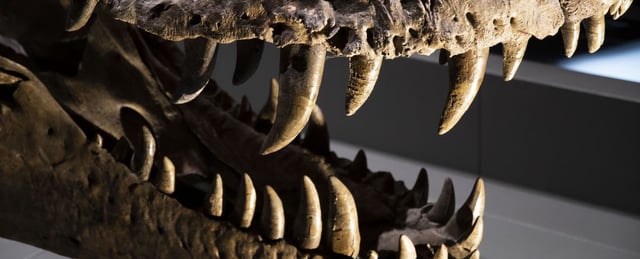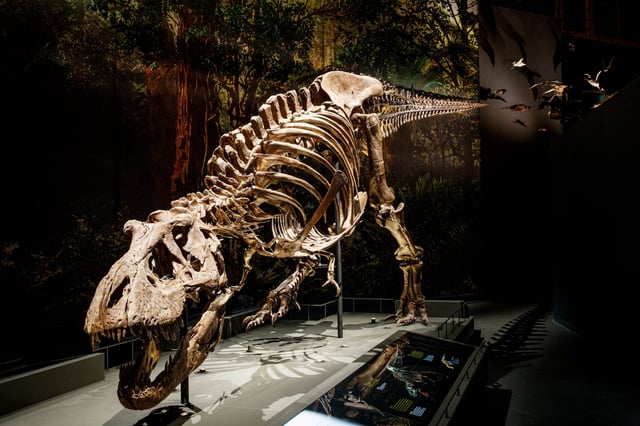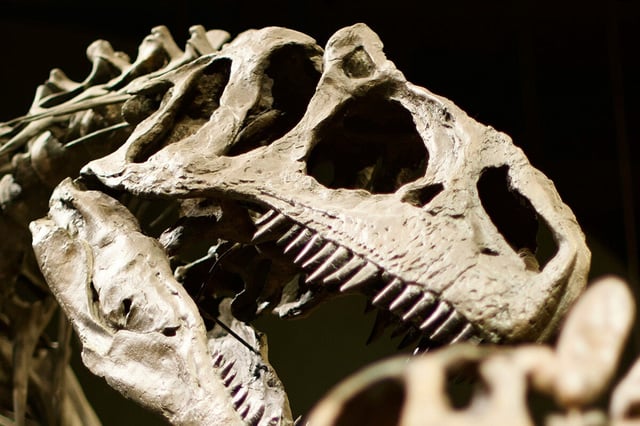Overview
- The team applied triple-oxygen isotope analysis to Late Jurassic and Late Cretaceous dinosaur tooth enamel to reconstruct atmospheric CO₂ concentrations.
- They determined Jurassic CO₂ levels near 1,200 ppm and Cretaceous values around 750 ppm, far above preindustrial and current readings.
- Unusual isotope signatures in Tyrannosaurus rex and Kaatedocus teeth point to short-term CO₂ surges likely driven by flood basalt volcanic eruptions.
- Enamel isotope ratios imply global plant primary production during the Mesozoic was roughly double today’s rate, reflecting exceptionally productive ecosystems.
- Researchers plan to extend the enamel-isotope proxy to the Permian-Triassic 'Great Dying' to directly probe atmospheric changes during that mass extinction event.


